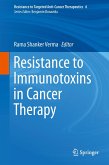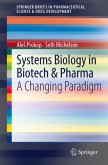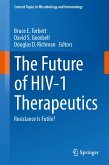This book introduces readers to Direct Acting Antiviral (DAAs) agents, newly developed drugs to treat chronic hepatitis C virus infection, which have an excellent anti-viral effect on virus replication. These drugs have been developed to enhance the effect of interferon and ribavirin, as the resistant strains against each drug have been described both in vitro and in vivo and the existences of naturally occurring variants have been reported. However, since the combination of different classes of DAAs is sufficient to completely eradicate the virus without the need for interferon or ribavirin, the current treatment regimen does not include interferon. Ribavirin is used in combination with sofosbuvir, a potent polymerase inhibitor, to enhance its antiviral effects.
Hepatitis C Virus Treatment offers readers a comprehensive guide to hepatitis C; describing the resistance profiles against these drugs and shedding light on the difficulties involved in DAA therapy and the direction of future treatments, it will equip doctors to understand the essentials of treating the disease. It also describes in detail new and innovative DAA treatments, the effects of the agents, and the characteristics of resistance, providing cutting-edge information not only for hepatologists, but also for researchers, clinical residents, and medical students.
Hepatitis C Virus Treatment offers readers a comprehensive guide to hepatitis C; describing the resistance profiles against these drugs and shedding light on the difficulties involved in DAA therapy and the direction of future treatments, it will equip doctors to understand the essentials of treating the disease. It also describes in detail new and innovative DAA treatments, the effects of the agents, and the characteristics of resistance, providing cutting-edge information not only for hepatologists, but also for researchers, clinical residents, and medical students.








